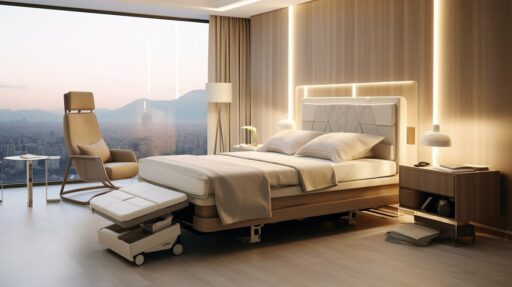
Bed Transition and Specialized Bedding Solutions
The fastest path to better sleep is a thoughtful bed transition: matching frame, mattress, and bedding to the sleeper’s age, mobility, and space. This guide gives you clear frameworks, product checklists, and timelines to make changes with confidence—whether you’re upgrading a toddler room, optimizing for medical needs, or squeezing more function from a small space.
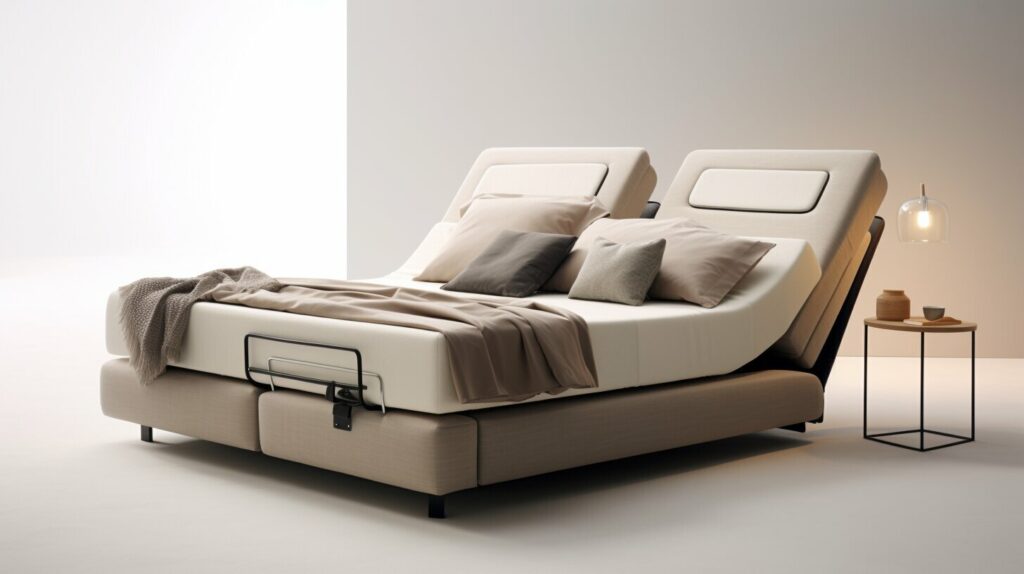
Key Takeaways
- Plan the bed transition around the sleeper’s age, health, and room constraints.
- During your bed transition, prioritize safety: stable frames, anchored furniture, and clear paths reduce falls.
- Small spaces thrive with loft, bunk, Murphy, and trundle solutions.
- Adjustability and pressure relief matter most for medical and senior setups.
- Phase upgrades over 4–6 weeks to spread costs and reduce disruption.
Bed Transition Fundamentals: Start With a Simple Framework
Answer first: Clarify who sleeps here, what the room must do, and how needs will change over the next 12–36 months. A planned bed transition avoids rushed purchases and mismatched pieces.
- Safety: Choose sturdy frames, anchor tall storage, add nightlights, and keep 36–42 inches of walkway where possible.
- Comfort: Match mattress firmness and pillow loft to sleep position and body type.
- Function: Use drawers, lift-up platforms, and height-appropriate beds to solve daily tasks.
- Style: Calm palettes and breathable fabrics make the room inviting and cooler.
Crib-to-Toddler Bed Transition: Timing and Setup
Answer first: Move to a toddler bed when climbing starts, space feels cramped, or your child consistently asks—ideally during a period of stable routines.
- Guardrails & height: Low, rail-equipped frames reduce fall risk while kids learn boundaries.
- Clear perimeter: Maintain 3–4 feet of space around the bed; place a soft rug at the landing zone.
- Familiar fabrics: Keep a favorite blanket or lovey so the new bed smells like sleep.
- Routine reuse: Same bedtime, books, and lights-out—only the bed changes.
For toy and linen storage that keeps floors clear, see Bedroom Storage Solutions.
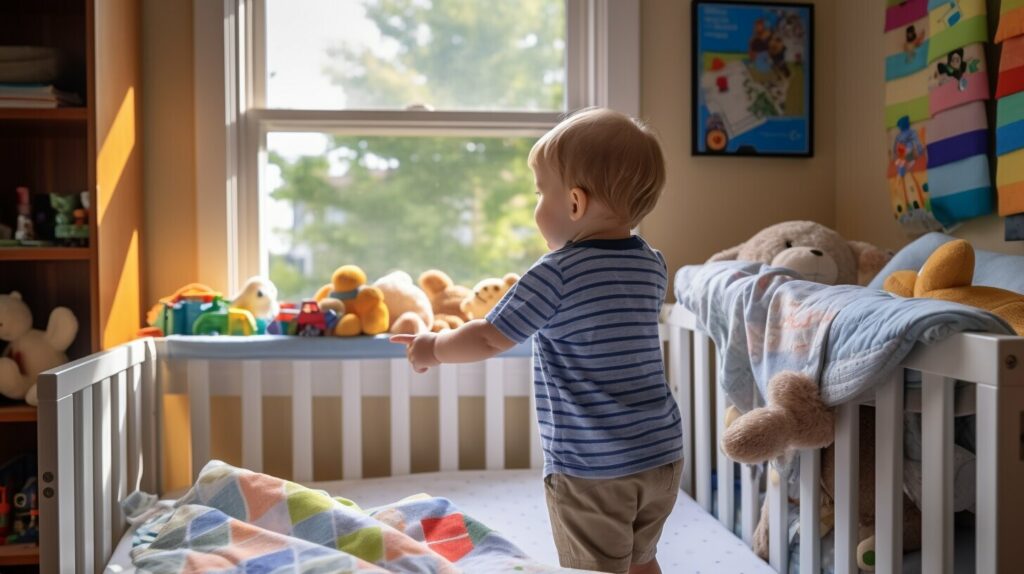
Helpful resources: Review evidence-based timing from the Sleep Foundation (read guide) and a practical, step-by-step approach from Taking Cara Babies (walkthrough).
Design Upgrades: Unique Canopy Beds & Cultural Inspiration
Answer first: A canopy frame can define zones in studios, add softness, and support light-filtering fabric—without hurting airflow if you choose breathable textiles.
- Moroccan: Sheers, warm wood, and patterned metal lamps create glow and privacy.
- Japanese minimalism: Low profiles and natural fibers reduce visual noise.
- Scandinavian bright: Pale woods and textured knits make small rooms feel larger.
Opt for cotton percale, linen, or TENCEL™ so the canopy sleeps cool. For silhouettes and ideas, browse an accessible roundup (see gallery). Pair with storage-friendly builds from Platform and Storage Beds or learn about materials in Eco-Friendly Bed Frame Materials.

Special Beds for Medical Needs
Answer first: Prioritize adjustability, pressure relief, and safe transfers. A medical bed transition should ease nights and support independence by day. Adjustable bases reduce reflux, snoring, and swelling—use “flat” and “zero-G” presets. Zoned foams or hybrids relieve pressure while supporting spinal alignment. Add rails, trapeze handles, and correct seat height to simplify transfers. For hot sleepers, choose breathable covers and latex comfort layers. For a full breakdown, see our guide to Adjustable Beds and Bases.
Senior-Friendly Beds: Comfort, Stability, Dignity
Answer first: The right seat height, strong edge support, and smart lighting make a bed transition safer without upending routines.
- Ideal height: Aim where feet plant flat and knees bend ~90° for an easy sit-to-stand.
- Edge support: Perimeter-reinforced mattresses reduce roll-off and help dressing.
- Task lighting: Motion lights under the bed and along paths cut nighttime fall risk.
- Simple layers: Lightweight quilts and low-loft pillows are easier to manage.
Beyond the basics, a senior-friendly bed transition often means layering small, thoughtful upgrades. Consider slip-resistant rug pads near the landing zone to prevent falls and choose remote-operated adjustable bases for easier position changes without strain. Bedside organizers that clip onto the frame keep glasses, medications, and remotes within arm’s reach—cutting down on late-night searching.
Lighting plays a major role in safety. Smart bulbs or motion-activated strips under the frame can prevent disorientation during nighttime bathroom trips. Pairing these with low-glare, warm-white bulbs helps older eyes adjust more gently. For added stability, install transfer poles or simple grab handles that blend into the room’s design without a hospital-like feel.
Finally, focus on dignity and comfort. Breathable natural fabrics reduce overheating, while weighted throws or quilted covers can bring a sense of calm. The goal isn’t just safety—it’s a bed transition that respects independence, reduces daily strain, and keeps the bedroom inviting well into later years.
Bunk, Loft, and Murphy Beds for Small Spaces
Answer first: Use vertical space. The right space-saving bed transition frees floors for study and storage without sacrificing sleep quality.
- Bunk beds: Great for siblings and sleepovers; choose integrated ladders and robust guardrails.
- Loft beds: Park a desk, reading nook, or dresser underneath; ideal for teens and studios.
- Murphy beds: Fold away to create multiuse rooms; look for counterbalanced mechanisms.
For tidy setups, add clip-on lamps, cord channels, and slim night shelves. Storage ideas live in Platform and Storage Beds.
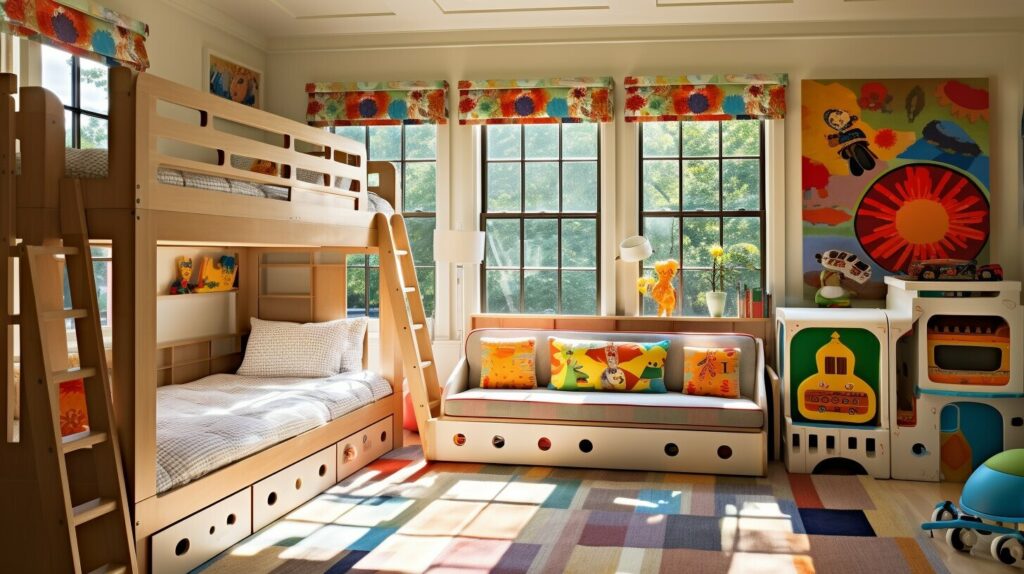
Trundle Beds: Instant Guests, Minimal Footprint
Answer first: A trundle turns one sleep surface into two for guests while keeping daytime floors open.
- Mattress fit: Measure clearance; trundles often need 6–8 inch profiles.
- Casters & glides: Smooth hardware prevents floor damage and midnight noise.
- Dust covers: Zipped encasements keep the second mattress fresh between uses.
Sleep Solutions for Specific Conditions
Answer first: Small, targeted tweaks—encasements, loft changes, or mild head elevation—can transform comfort as part of your bed transition.
Allergies & Asthma
Use zippered encasements, wash sheets weekly in hot water, and reduce dust catchers. Many sleepers prefer smooth percale cotton. For fabric-by-fabric pros and cons, see our Bedding Materials Guide.
Back, Hip, or Shoulder Pain
Choose firmness by position—medium to medium-firm for most back sleepers; slightly plusher for side sleepers. Zoned support and latex layers relieve pressure without a “stuck” feel. Light head elevation may reduce snoring and morning stiffness.
Hot Sleepers
Match breathable natural fibers with a mattress that balances airflow and pressure relief. Keep the room 60–67°F when possible and promote air circulation around larger frames and canopies.
Post-Op & Mobility Limits
Prioritize bed height, transfer pathways, and a remote-controlled base. Clear cords, add grab points, and place a slip-resistant rug at the landing zone. Mark key buttons with raised bump dots for easier nighttime use.
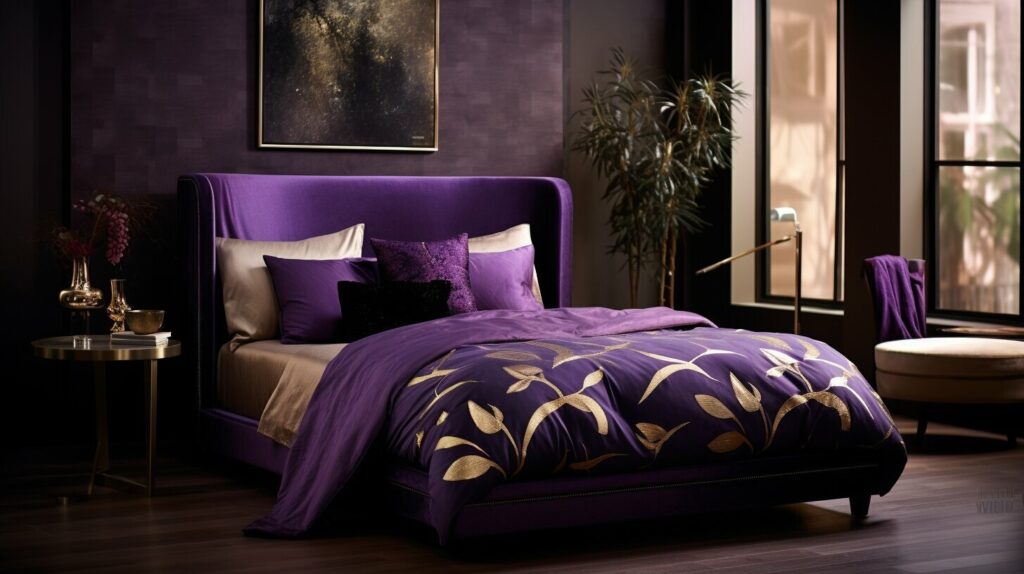
Mattresses, Pillows, and Bedding: Getting the Mix Right
Answer first: You don’t need a full overhaul. Many households see big gains from a staged bed transition that starts with pillows and sheets before swapping the mattress.
- Pillows: Pick loft by position—lower for back, mid for side, adjustable for combo sleepers.
- Protectors: Waterproof designs guard the mattress; modern knits stay quiet and breathable.
- Topper vs. mattress: Try a 2–3 inch latex or foam topper to fine-tune feel before replacing the mattress.
- Sheets & duvet covers: Percale for crisp coolness, linen for airy texture, sateen for drape and warmth.
Don’t overlook maintenance during your bed transition. Rotate foam or hybrid mattresses every 3–6 months to maintain even wear. Wash protectors monthly, and refresh pillows every 1–2 years to avoid allergens and flattening. Seasonal swaps also matter—flannel or sateen in winter for warmth, percale or linen in summer for breathability. This cycle keeps your setup fresh, comfortable, and tailored year-round.
When it’s time to replace the mattress, balance support and pressure relief: hybrids add bounce and airflow, all-foam contours deeply, and latex blends pressure relief with easier movement. If sustainability matters, review materials here: Eco-Friendly Bed Frame Materials. For long-term fabric choices, browse our Bedding Materials Guide as well.
Timeline & Budget: A 6-Week Plan
Answer first: Phase the bed transition to control costs and maintain momentum.
- Week 1: Measure, declutter, confirm outlets, and light pathways with warm-white LEDs.
- Week 2: Choose pillows and sheets; confirm mattress size and ceiling clearance.
- Weeks 3–4: Order the frame/base and storage. Assemble pieces and anchor tall furniture.
- Week 5: Test sleep. Note hot spots and adjust with a topper or new pillow.
- Week 6: Add finishing touches—curtains, rug pads, cable management, and personal décor.
For smart storage integrations during or after your project, see Platform and Storage Beds and Bedroom Storage Solutions. To compare mattress types before purchase, visit Different Types of Mattresses.
Common Mistakes During Bed Transitions
Answer first: A few oversights can turn an exciting upgrade into a hassle.
- Skipping measurements: Don’t forget ceiling height for bunks or door width for moving frames.
- Overbuying: Purchasing multiple large pieces at once can overwhelm small spaces and budgets.
- Neglecting safety: Unanchored furniture, missing guardrails, and poor lighting increase fall risk.
- Ignoring lifestyle changes: Growth, mobility, or work-from-home shifts may require flexible setups.
A planned bed transition prevents these pitfalls and ensures long-term comfort.
FAQ
- When should I move my child from a crib to a toddler bed?
- When climbing starts, the crib feels cramped, or your child consistently asks—ideally during a stable routine period.
- How do I keep the transition safe?
- Use guardrails, anchor furniture, add nightlights, clear pathways, and choose a seat height that makes getting in and out easy.
- What if I have limited space?
- Consider loft, bunk, Murphy, or trundle beds. Add under-bed drawers and wall-mounted lighting to free surfaces.
- Are adjustable bases worth it?
- For snoring, reflux, edema, and post-op comfort, adjustability can be game-changing. Test positions before choosing firmness.
- What bedding fabrics sleep coolest?
- Breathable cotton percale, linen, or TENCEL™ blends. Lighter duvets and moisture-managing protectors help regulate temperature.
- What’s the biggest mistake during a bed transition?
- Rushing the process. Skipping measurements, ignoring storage needs, or buying a mattress before testing firmness often leads to regret. Plan, measure, and phase upgrades to avoid costly replacements.
- How can I make a small room look bigger during a bed transition?
- Use low-profile frames, light-colored bedding, and under-bed storage to reduce clutter. Mirrors opposite windows and sheer curtains maximize light and openness.
- Do I need to replace everything at once?
- No. Many households succeed with a staged approach—start with pillows, sheets, and protectors before investing in a new mattress or frame. This spreads costs and reduces disruption.
Final Thoughts
A well-planned bed transition meets the sleeper where they are today—and where they’re headed. With the right mix of safety, comfort, and space-savvy design, your bedroom will work harder for you and deliver better rest for years to come. Explore more step-by-step ideas on Cozy Bed Quarters, starting with Platform and Storage Beds.
Related Reading from Cozy Bed Quarters
Other Reading We Recommend
